Gregg Family Eye Care Blog
Learn more about optometry care in our blog!
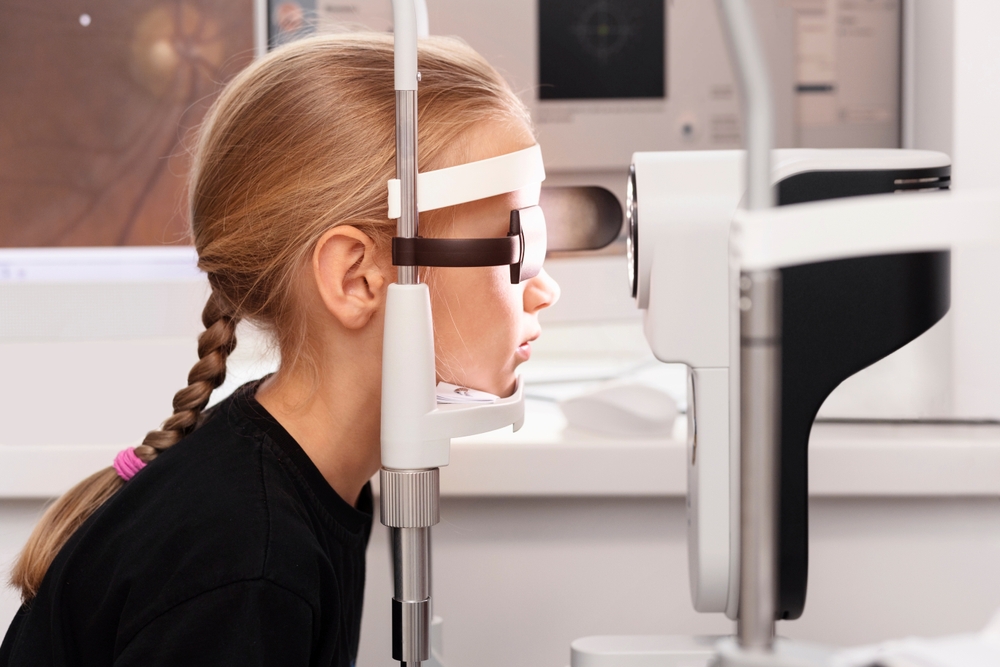
As parents, we do everything we can to support our children’s health and development. While regular checkups with the pediatrician are common, eye health is sometimes overlooked. Pediatric eye exams are just as important as annual medical visits, because many vision problems can develop early in life - and if left undetected, they may impact learning, behavior, and overall development. At Gregg Family Eye Care in North Wales, Pennsylvania, we’re committed to helping families understand why early detection matters when it comes to children’s vision.
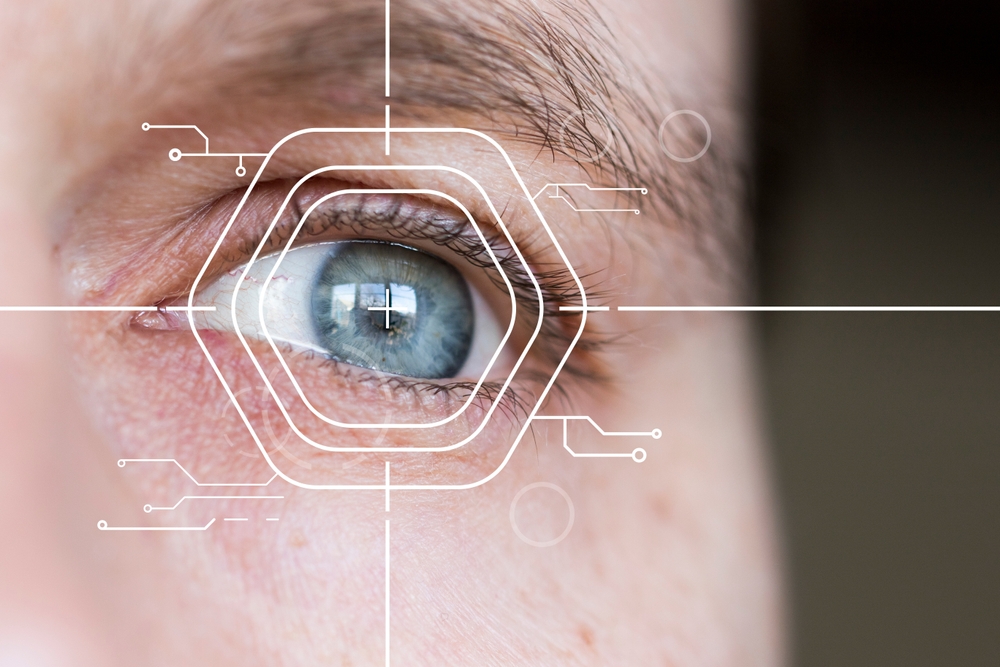
Cataract surgery is one of the safest and most effective procedures in modern eye care, helping millions of people each year regain sharper, clearer vision. Still, a common question patients ask during their cataract evaluation in Secane is: “Will I need glasses after my cataract surgery?”
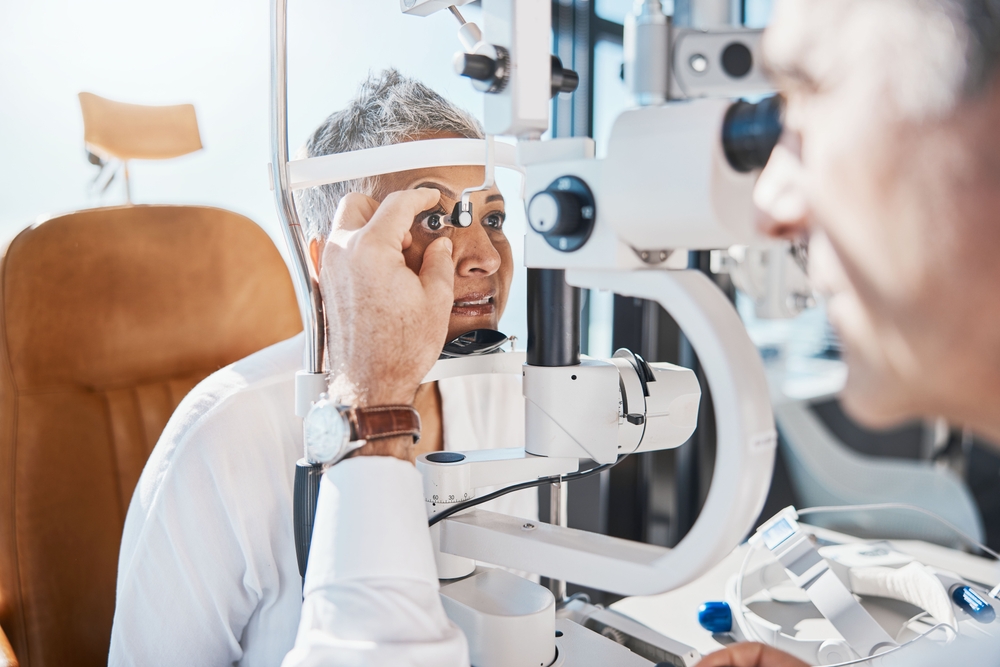
As we age, our eyes undergo natural changes that can affect vision and overall eye health. Regular eye exams become increasingly important after age 60 to detect early signs of eye diseases and maintain clear, comfortable vision.
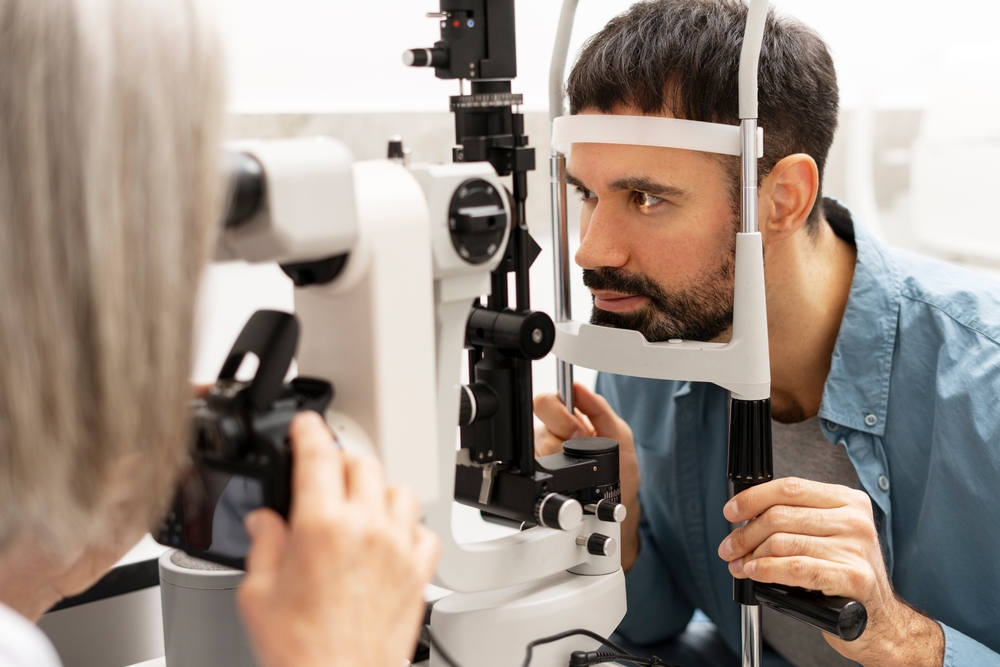
Maintaining clear vision and healthy eyes involves more than just seeing well - it requires regular, comprehensive eye exams. At Gwinnett Eye Clinic, our team provides comprehensive eye exams in Duluth, Georgia, designed to evaluate both your vision and overall eye health.
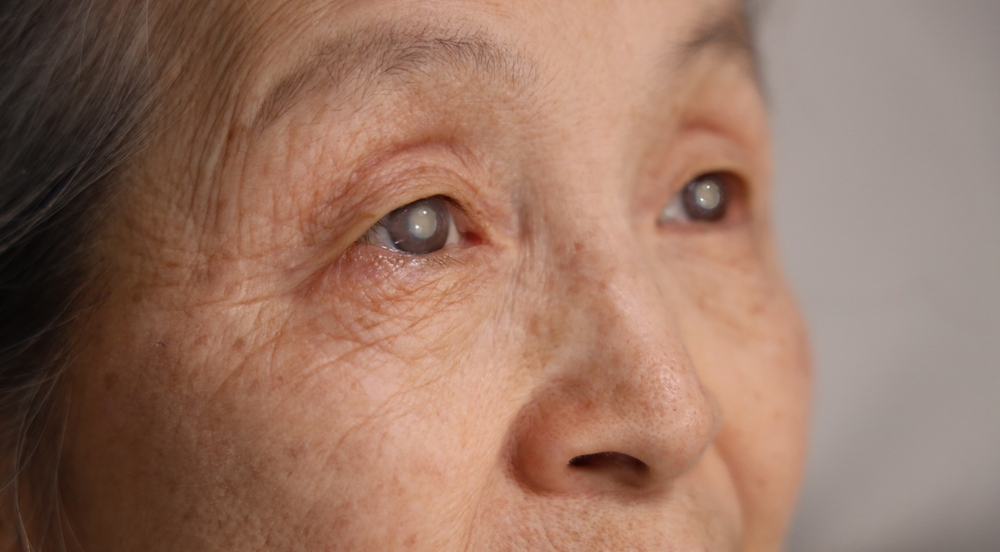
Cataracts are one of the most common age-related eye conditions, but many people don’t realize how significantly they can impact vision and quality of life if left untreated. Understanding what cataracts are, how they affect your daily routine, and why routine eye exams are essential can help you protect your sight for years to come.

Children’s eyes are constantly developing, and their vision needs change significantly as they grow from toddlers to teenagers. Regular eye exams are essential to ensure healthy visual development, detect problems early, and provide timely treatment. Understanding these changes can help parents support their child’s vision every step of the way.

Myopia, or nearsightedness, is a growing concern for children and families in North Wales, Pennsylvania. While it might seem like a simple need for glasses or contact lenses, myopia is more than just blurry distance vision. Without the right care, myopia can progress and increase the risk of developing serious eye health problems later in life. Understanding the importance of early myopia management can help protect your child’s eyesight now and for the future.

Living in Secane, Pennsylvania, it’s easy to see how technology has become a central part of everyday life. From remote work and online learning to social media and streaming entertainment, screens are all around us. While digital devices offer convenience and connection, they also bring new challenges for your eyes.

Age-related macular degeneration (AMD) is a leading cause of vision loss in adults over 50. While AMD doesn’t cause complete blindness, it can significantly impair daily activities such as reading, driving, and recognizing faces.

As we age, maintaining clear vision becomes more important than ever. One of the most common age-related vision conditions that affects seniors is cataracts. While some changes to our eyes are inevitable with time, research shows that good nutrition may play a significant role in reducing the risk of developing cataracts. At Gregg Family Eye Care, we are committed to helping seniors in Secane, Pennsylvania, protect their vision through education, prevention, and expert care.






